Disclosure: This article contains affiliate links. We may earn a commission from purchases at no extra cost to you, which helps our travel content.
As a Mexican-American who grew up with my abuela's cooking as the centerpiece of family gatherings, I've always felt a special connection to Mexican cuisine. But nothing prepared me for the gastronomic adventure that awaited in Mexico City. This sprawling metropolis isn't just the political capital—it's the undisputed culinary heart of Mexico, where ancient traditions meet contemporary innovation on every plate. During my recent week-long autumn escape from Philadelphia's courtroom pressures, I embarked on what I can only describe as a transcendent food journey that took me from humble street corners serving life-changing tacos to elegant dining rooms reimagining Mexican cuisine. Whether you're planning a romantic getaway or simply want to explore one of the world's great food cities, this guide will help you navigate Mexico City's incredible culinary landscape with the perfect balance of street food authenticity and refined dining experiences.
Street Food Essentials: Tacos, Tlacoyos, and Treasures
Let me be clear: you haven't truly experienced Mexico City until you've eaten standing up, salsa dripping down your wrist, surrounded by locals on their lunch break. Street food here isn't just convenient—it's an institution, a cultural touchstone, and often the most delicious food you'll find anywhere.
My journey began at Taquería Los Cocuyos in the Centro Histórico, where the suadero (thin beef cuts) and campechano (mixed meat) tacos caused an actual moment of silence between me and my friend as we processed the perfect harmony of flavors. The taquero noticed our expressions and gave us a knowing smile—he'd seen that reaction countless times before.
For breakfast, don't miss the tlacoyos at the Tuesday market in Condesa—blue corn ovals stuffed with fava beans or requesón (similar to ricotta) and topped with nopales (cactus). The women making them have often been perfecting their craft for decades, and it shows in every bite.
One afternoon, I followed a group of office workers to a nondescript corner in Roma Norte where I discovered a cart selling quesadillas unlike any I'd ever tasted—the handmade tortillas had a complexity that made store-bought versions seem like pale imitations. When exploring street food, I always carry my insulated water bottle to stay hydrated between spicy bites without generating plastic waste.
Perhaps my most memorable street food experience was at El Huequito, where the trompo (vertical spit) of al pastor pork spun hypnotically before being sliced directly onto handmade tortillas. The taquero added pineapple with the precision of a surgeon, creating the perfect balance of savory, spicy, and sweet that defines this iconic Mexico City specialty.

💡 Pro Tips
- Look for stalls with lines of locals—it's the most reliable quality indicator
- Carry small bills for easier payment at street vendors
- The phrase 'picante para extranjeros' (spicy for foreigners) will get you a moderate heat level
Mercados: The Beating Heart of Mexican Food Culture
Markets in Mexico City aren't just places to shop—they're living museums of culinary tradition, social gathering spaces, and some of the best places to eat in the entire city. As a lawyer who spends too many hours in fluorescent-lit offices, the sensory explosion of a Mexican mercado is exactly the kind of recalibration my soul needs.
Mercado de la Merced, the largest traditional food market in the city, can be overwhelming at first. The labyrinthine passages lead to specialized sections for everything from mole pastes to edible insects. Rather than trying to see it all, I focused on the prepared food section where I discovered the best chile rellenos of my life—perfectly charred poblano peppers stuffed with queso fresco and bathed in a light tomato sauce.
For a more manageable first-time market experience, Mercado Medellín in Roma Sur offers a curated selection of Mexican and Latin American specialties. The fresh juice stands create colorful concoctions to order—I became slightly obsessed with a guava-pineapple blend that I returned for three days straight.
Mercado de San Juan, known as the chef's market, is where you'll find the most exotic ingredients and gourmet products. The seafood section displays everything from local catch to imported delicacies. I watched in fascination as a vendor prepared fresh ceviche for a couple celebrating an anniversary, serving it in a coconut shell with a flourish that would impress any fine dining establishment.
My most treasured market discovery was Mercado de Coyoacán, where I spent an entire Sunday morning at Tostadas de Coyoacán sampling their incredible seafood tostadas. The contramar (marlin) tostada with chipotle mayonnaise was so transcendent that I briefly considered extending my trip just to eat it again.

💡 Pro Tips
- Visit markets mid-morning (around 10am) when they're fully operational but not too crowded
- Bring a reusable shopping bag for any ingredients or souvenirs you might purchase
- Look for the stalls with handwritten rather than printed menus—often a sign of specialization
Comida Corrida: The Art of the Mexican Set Lunch
If there's one Mexican dining tradition I wish we'd adopt in the United States, it's comida corrida—the set lunch that forms the cornerstone of daily eating for many Mexico City residents. As someone who often grabs sad desk lunches between client meetings, the ritual of a proper midday meal felt both foreign and deeply necessary.
Comida corrida typically includes multiple courses—soup, a main dish with sides, dessert, and agua fresca—all for a surprisingly affordable price. These meals aren't just economical; they're often where you'll find the most authentic home-style cooking.
At Fonda Margarita in the Del Valle neighborhood, I experienced comida corrida in its purest form. This no-frills spot opens early and closes by mid-afternoon, serving hearty guisados (stews) that change daily. The nopal soup I had was velvety and complex, followed by a tender pork in salsa verde that reminded me of my grandmother's cooking. The entire meal, including a hibiscus agua fresca, cost less than $8 USD.
For a slightly more upscale comida corrida experience, El Cardenal offers refined versions of traditional dishes in a colonial setting. Their chiles en nogada—poblano peppers stuffed with a fruit and meat mixture, covered in walnut sauce and pomegranate seeds—represent Mexican cuisine at its most sophisticated and patriotic, displaying the colors of the Mexican flag.
What makes comida corrida special isn't just the food—it's the pace. These meals are meant to be enjoyed slowly, often over an hour or more. I found myself naturally unwinding, engaging in conversation with my dining companion rather than checking emails. I've since incorporated this midday pause into my travel routine, using my travel journal to record food discoveries while savoring my sobremesa (the relaxed time spent at the table after eating).
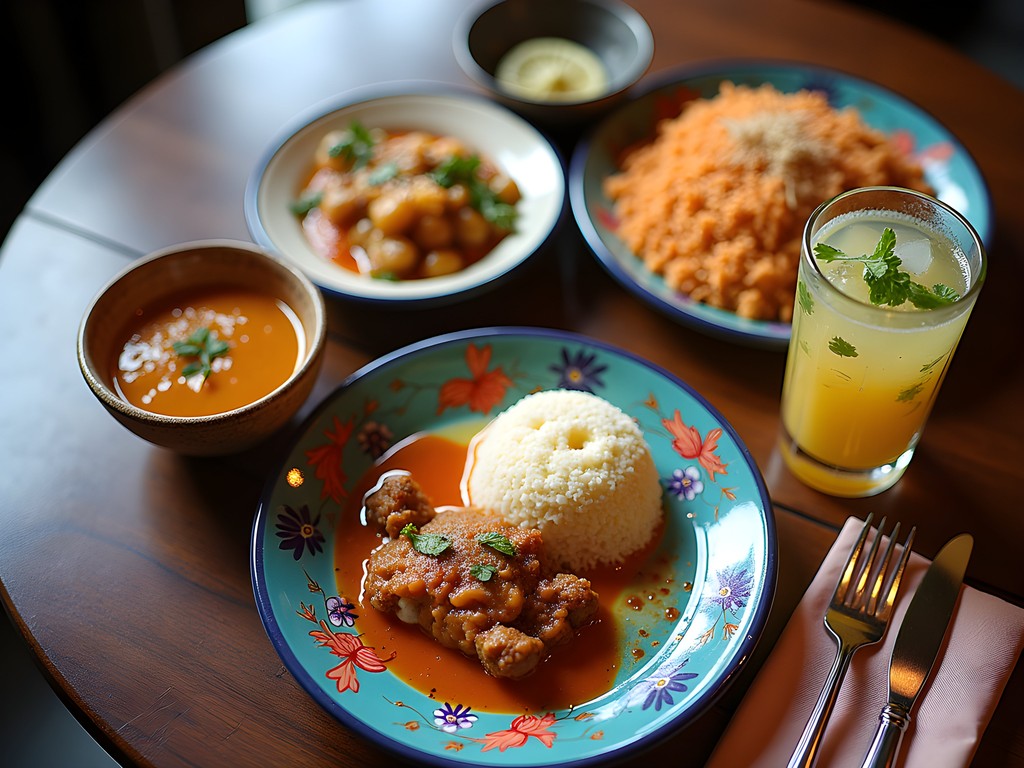
💡 Pro Tips
- Plan for comida corrida between 1:30-3:30pm when most locals eat lunch
- Many places offer different options daily, so don't be afraid to ask what's best today
- Look for restaurants with a chalkboard menu or 'menú del día' sign outside
Fine Dining Renaissance: Mexico City's Culinary Innovators
Mexico City has undergone a gastronomic renaissance that has positioned it alongside Paris, Tokyo, and New York as one of the world's great dining capitals. What makes CDMX's fine dining scene particularly special is how it honors traditional ingredients and techniques while pushing creative boundaries.
Pujol, Enrique Olvera's temple to Mexican gastronomy, has rightfully earned its place among the world's best restaurants. The signature mole madre, mole nuevo dish—featuring a ring of fresh mole surrounding an inner circle of mole that has been aging for over 2,500 days—demonstrates both respect for tradition and innovative thinking. The restaurant's minimalist interior creates a canvas where the food becomes art. While certainly a splurge, the tasting menu costs significantly less than comparable experiences in other world capitals.
At Quintonil, chef Jorge Vallejo creates dishes that celebrate Mexico's incredible biodiversity. The crab tostada with habanero mayonnaise and crispy leeks was a perfect balance of delicate seafood and bold flavor. What impressed me most was learning about their direct relationships with small-scale producers throughout Mexico—a commitment to sustainability that feels genuine rather than trendy.
For couples seeking a romantic splurge, Rosetta offers an intimate setting in a converted mansion where chef Elena Reygadas creates Italian-influenced Mexican cuisine using hyper-seasonal ingredients. Her handmade pastas incorporate unexpected Mexican elements—the rabbit and hoja santa ravioli was a cross-cultural revelation that still haunts my dreams.
Perhaps most exciting is the new generation of chefs creating more accessible fine dining experiences. At Expendio de Maíz Sin Nombre, chef Jesús Salas Tornés offers an omakase-style corn experience at a simple counter, where every dish highlights different preparations of heirloom corn. The lack of menu and casual atmosphere belie the technical expertise and deep cultural knowledge behind each perfect bite.
Before special meals, I always bring my compact camera rather than just using my phone—the low-light performance captures food beautifully without disturbing other diners with a flash.
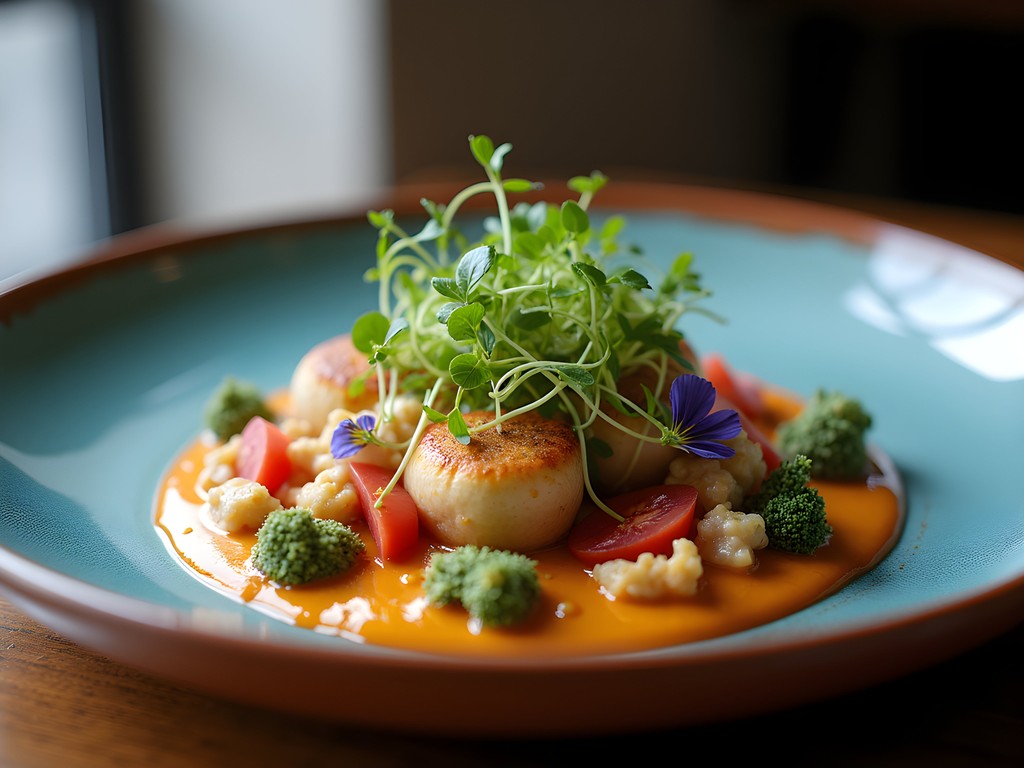
💡 Pro Tips
- Make reservations for fine dining restaurants 1-2 months in advance, especially for Pujol and Quintonil
- Consider lunch instead of dinner for a more affordable fine dining experience with the same quality
- Don't be afraid to inform restaurants of dietary restrictions—Mexican chefs are surprisingly accommodating
Mezcal & Mixology: Understanding Mexico's Liquid Heritage
No food journey through Mexico City would be complete without exploring its vibrant drinking culture. As someone who appreciates the stories behind what I consume, I found the mezcal traditions particularly fascinating—each bottle capturing a specific place, time, and maker's philosophy.
La Clandestina in Condesa offers one of the best mezcal education experiences in the city. The knowledgeable bartenders guide you through tastings based on your preferences, explaining the differences between agave varietals, production regions, and distillation methods. I discovered a preference for espadín from Oaxaca with its subtle smokiness and herbaceous finish—a revelation that has influenced my spirits choices back home.
For couples seeking a romantic evening drink, Baltra Bar creates an intimate atmosphere with its dim lighting and 1940s expedition theme. Their cocktail program showcases Mexican ingredients in sophisticated preparations. The Medicina Ancestral—featuring mezcal, hoja santa, lime, and a chapulin (grasshopper) salt rim—offered complex layers of flavor that evolved with each sip.
Xaman takes the cocktail experience into mystical territory with its subterranean space and drinks inspired by pre-Hispanic healing traditions. The bartenders work like alchemists, incorporating unusual ingredients like copal resin, indigenous herbs, and house-fermented fruits. The theatrical presentation of many drinks—some arriving under glass domes filled with aromatic smoke—creates memorable moments perfect for a special evening out.
For a more casual drinking experience, I loved La Nuclear in Roma Norte, where the micheladas (beer cocktails) come in creative variations that complement their excellent seafood menu. The tamarind-chile version provided the perfect counterpoint to a rich tostada de atún.
I've found that cocktail recipe book has been invaluable for recreating some of these drinks at home, allowing me to revisit my Mexico City memories through taste and aroma long after returning to Philadelphia.
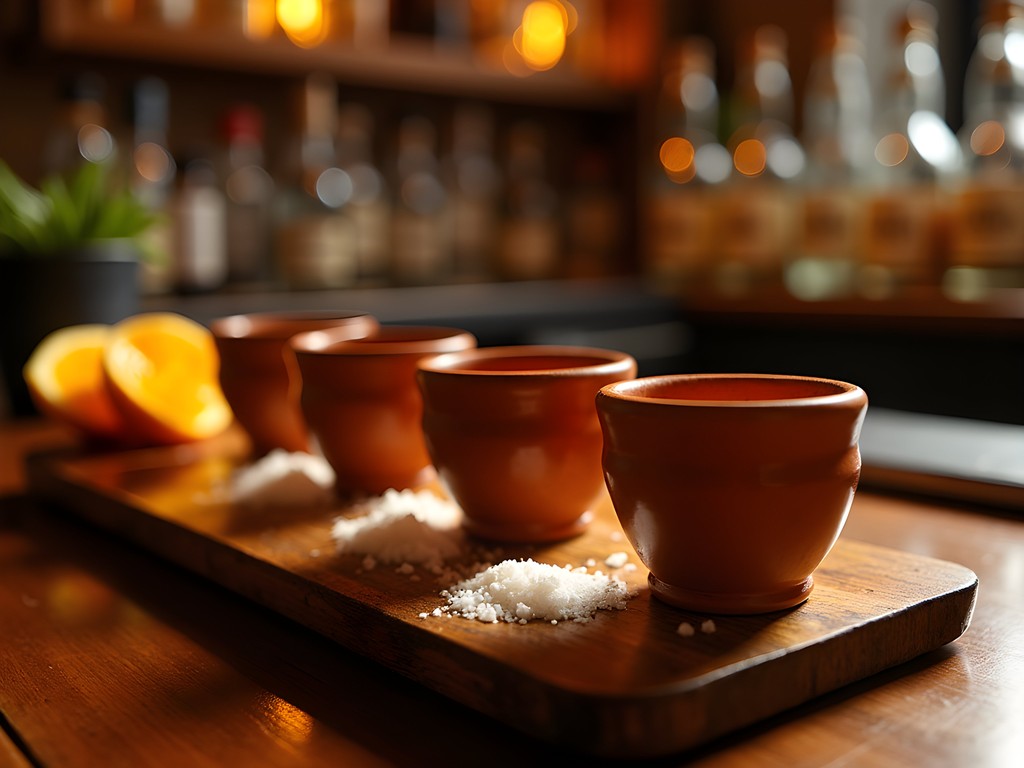
💡 Pro Tips
- When sampling mezcal, ask for 'sipping portions' to try more varieties responsibly
- Look for mezcalerias that offer flights with different agave varieties for comparison
- Reservations are essential for high-end cocktail bars, especially Thursday through Saturday
Sweet Endings: Desserts and Mexican Chocolate
Mexican dessert traditions deserve their own spotlight, offering flavors that range from subtly sweet to richly indulgent. As someone with a perpetual sweet tooth that I blame entirely on my abuela's influence, exploring Mexico City's confections became an unexpected highlight of my culinary journey.
Churrería El Moro, a Mexico City institution since 1935, serves churros that redefine what this simple treat can be. The perfectly crisp exterior gives way to a tender interior, and when dipped in their traditional hot chocolate—thick, spiced, and barely sweetened—creates a contrast of temperatures and textures that's utterly satisfying. Their chocolate con churros makes for a perfect afternoon break between sightseeing adventures.
At Pastelería Ideal in the Centro Histórico, the sheer variety of Mexican pastries can be overwhelming. The pan de muerto (traditionally made for Day of the Dead) with its orange blossom notes and sugar coating pairs perfectly with a café de olla—coffee brewed with cinnamon and piloncillo (unrefined cane sugar).
For a more refined dessert experience, Panadería Rosetta creates French-inspired pastries with Mexican ingredients. Their guava rolls have developed a cult following for good reason—the delicate pastry and perfect balance of sweet-tart filling makes them worth the inevitable line.
Perhaps my most memorable sweet discovery was at Mercado Jamaica, where I found a vendor specializing in candied fruits. The crystallized fig stuffed with walnuts was a revelation—intensely sweet yet complex, showcasing preservation techniques that date back to colonial times.
Mexican chocolate deserves special mention for its complexity. At Que Bo!, chocolatier José Ramón Castillo creates bonbons featuring indigenous ingredients like mamey, zapote, and chilies. His passion for Mexican cacao is evident in every creation, and the shop offers a delicious education in chocolate's deep roots in Mexican culture.
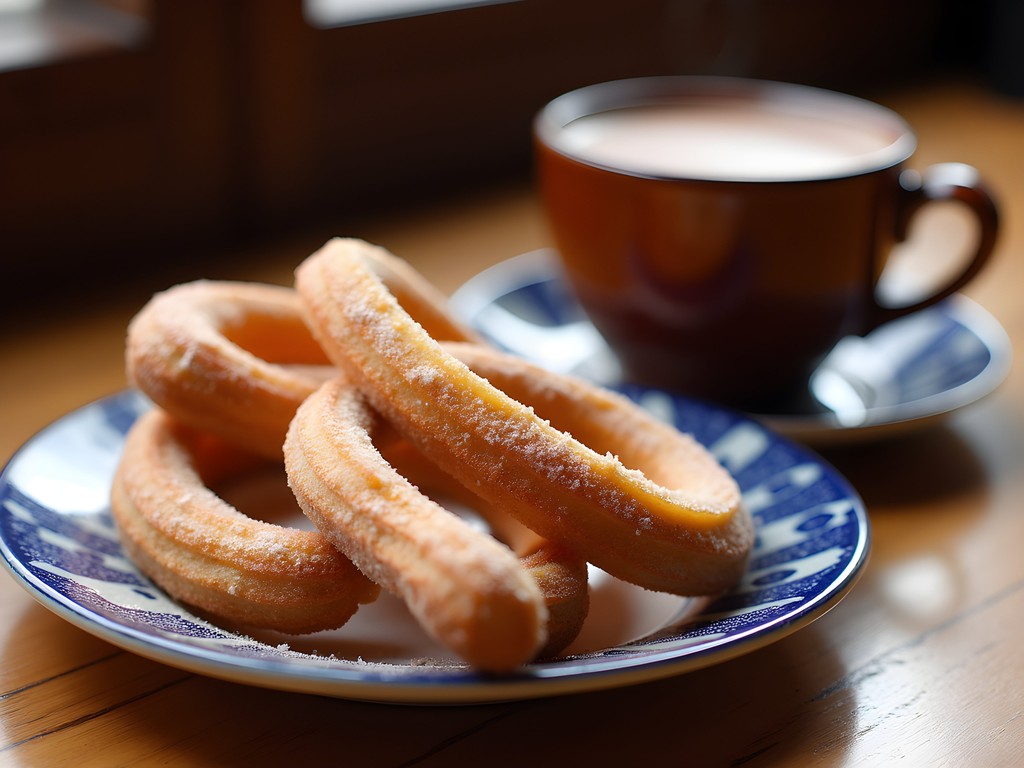
💡 Pro Tips
- Visit panaderías (bakeries) in the morning for the freshest selection
- Look for regional specialties like Oaxacan chocolate or cajeta (goat milk caramel) from Celaya
- Many traditional Mexican desserts are less sweet than American versions—appreciate the subtle flavors
Final Thoughts
Mexico City's food scene defies simple categorization—it's at once ancient and cutting-edge, accessible and sophisticated, deeply rooted yet constantly evolving. What makes dining here so special is that food isn't merely sustenance or entertainment—it's the living expression of culture, history, and identity. As I boarded my flight home, already planning my return, I realized that my palate had been forever changed. The depth of flavors, the reverence for ingredients, and the joy that permeates every level of Mexico City's food culture has transformed how I think about not just Mexican cuisine, but food itself. Whether you're sampling humble street tacos or experiencing the artistic creations of world-class chefs, eating in Mexico City is an act of cultural connection—one delicious bite at a time. I invite you to come hungry, stay curious, and prepare for a culinary journey that will linger in your memory long after the last mole stain has been washed from your favorite shirt.
✨ Key Takeaways
- Balance your culinary exploration between street food, traditional restaurants, and fine dining for the full spectrum of Mexican cuisine
- Don't rush meals—embrace the Mexican approach to dining as a social experience meant to be savored
- Look beyond tacos to explore the incredible diversity of Mexican cuisine including regional specialties and pre-Hispanic ingredients
📋 Practical Information
Best Time to Visit
Fall (October-November) for pleasant weather and seasonal ingredients like chiles en nogada
Budget Estimate
$50-100 per day per person for food, including one fine dining experience
Recommended Duration
5-7 days
Difficulty Level
Intermediate
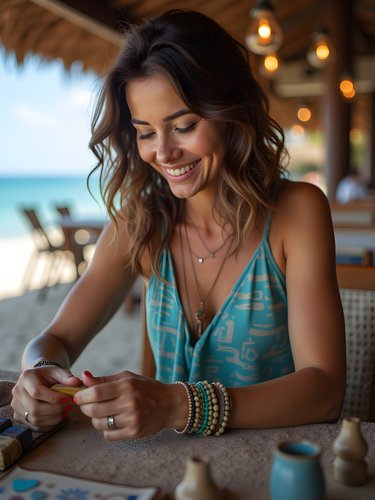



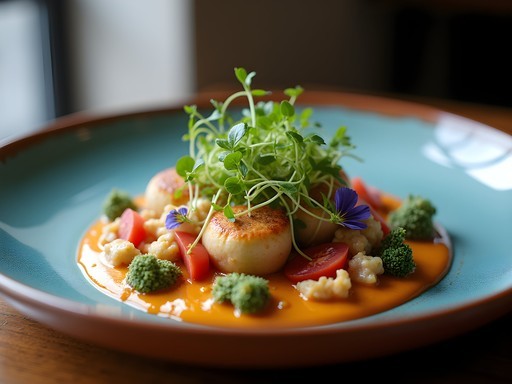
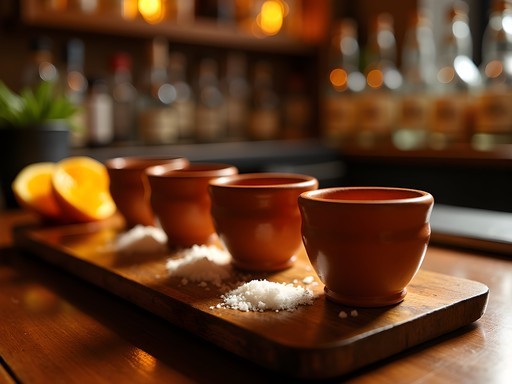
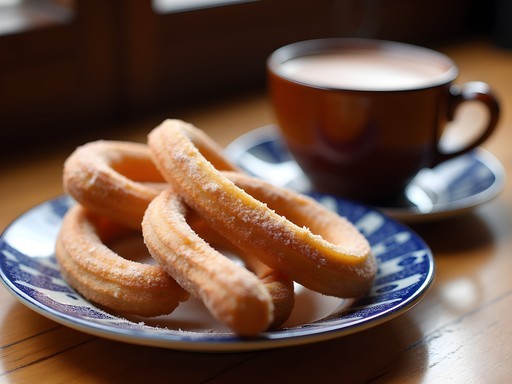



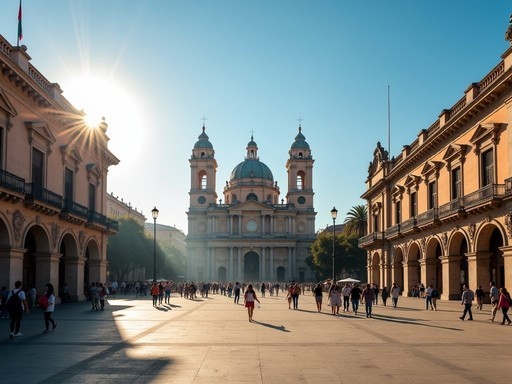
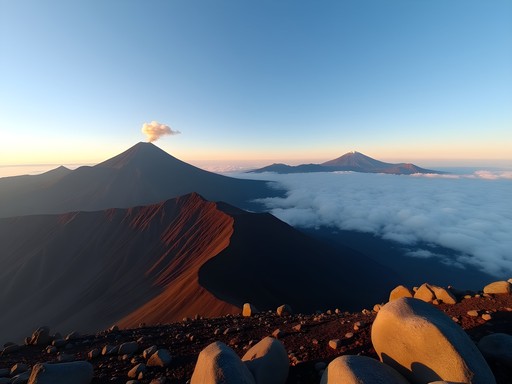





Comments
sunsetway
What's one dish you think is absolutely unmissable? Planning my first trip and there's so many options!
Hunter Thompson
@sunsetway Honestly, a proper taco al pastor from a good street stand is life-changing. The combination of spit-roasted pork, pineapple, cilantro, onion and that perfect salsa... nothing beats it!
sunsetway
Thanks! Al pastor is definitely top of my list now!
smartdiver469
We visited Mexico City last year and the food was definitely the highlight! Mercado San Juan was incredible - we tried all kinds of exotic fruits I'd never even heard of. The seafood tostadas at Contramar were worth every penny too. Great guide, brings back delicious memories!
wavelife
Just booked tickets to Mexico City after reading this!! Can't wait to eat my way through the city. Your descriptions of the mercados sold me!
Douglas Bradley
I appreciate how this post bridges the gap between street food and fine dining. Mexico City's culinary scene truly represents this beautiful tension between tradition and innovation. During my visit last year, I was particularly impressed by Pujol's mole madre - over 2,000 days aged when I tried it. But what stuck with me most was a comida corrida spot in La Condesa where I had the best chile relleno of my life for about $5. The economic accessibility of incredible food in CDMX is what makes it such a special culinary destination. Savannah, did you get a chance to explore any of the less-covered areas like Coyoacán's market food stalls?
Savannah Torres
@Douglas Bradley Yes! I spent a whole day in Coyoacán! The market there has some incredible tostadas and the best quesadillas with huitlacoche. I'll be covering it in a follow-up post about day trips from the city center.
smartlegend
Those churros look amazing! 🤤
luckyway
Going to Mexico City next month! Any tips for someone with a sensitive stomach? I want to try the street food but I'm a bit nervous about getting sick.
Savannah Torres
@luckyway Look for busy stalls where food is cooked fresh in front of you. I always carry digestive aids just in case, but honestly if you stick to hot, freshly cooked food you should be fine! Start with small portions and work your way up.
luckyway
Thanks so much for the tips! Will definitely look for the busy stalls.
Hunter Thompson
Just got back from CDMX last month and this post is spot on! The taco scene is unreal - I practically lived off the street food for a week. That place you mentioned in Roma Norte, El Califa, changed my life with their suadero tacos. Pro tip for anyone going: don't be afraid of the street vendors with the longest queues of locals. That's where the magic happens! And definitely hit up Mercado Jamaica - less touristy than San Juan but equally amazing food.
smartlegend
El Califa is the best! Those tacos are incredible.
Hunter Thompson
@smartlegend Did you try their queso fundido too? Game changer!
sunsetguide
Those tacos al pastor pics have me drooling! Mexico City is definitely on my bucket list now!
coolexplorer
Just got back from CDMX and used this guide extensively! That comida corrida tip saved us so much money and the food was incredible. Thanks!
springwalker
How's the vegetarian scene there? Can I survive without eating meat?
coolexplorer
Not the author but I went as a vegetarian last year. You'll be fine! Lots of quesadillas, tlacoyos with beans and cheese, chiles rellenos, and amazing vegetable-focused dishes at the higher-end places. Just learn to say 'sin carne' and you're good!
Venture X
Premium card with 2X miles, $300 travel credit, Priority Pass